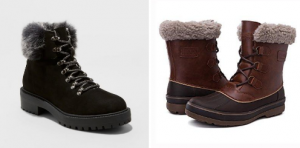“Can you believe all the snow we got last night?!”
“Beautiful day out there isn’t it?”
“Well you know it’s not the heat that bothers me, it’s that darn humidity!”
You will probably hear a lot of comments like these at St. Olaf, because Minnesotans love to talk about the weather! Since there are extreme changes between the 4 seasons, and since our weather can be unpredictable, weather is a big part of daily life on the hill. Here’s what you need to know about each season:
Summer (June through August)

Average temperature range: 58-85 °F (14-29°C)
Minnesota is beautiful in the summertime, and can get very warm and humid. When you first arrive in August it will be hot and humid, so if you don’t have a fan in your room, try to keep your window curtains closed during the day to keep out the sun. At night, open them to cool your room. Also be sure to put on sunscreen and mosquito repellent if you plan to be outside for a long time, and drink plenty of water to stay hydrated.
Fall/ Autumn (September through November)
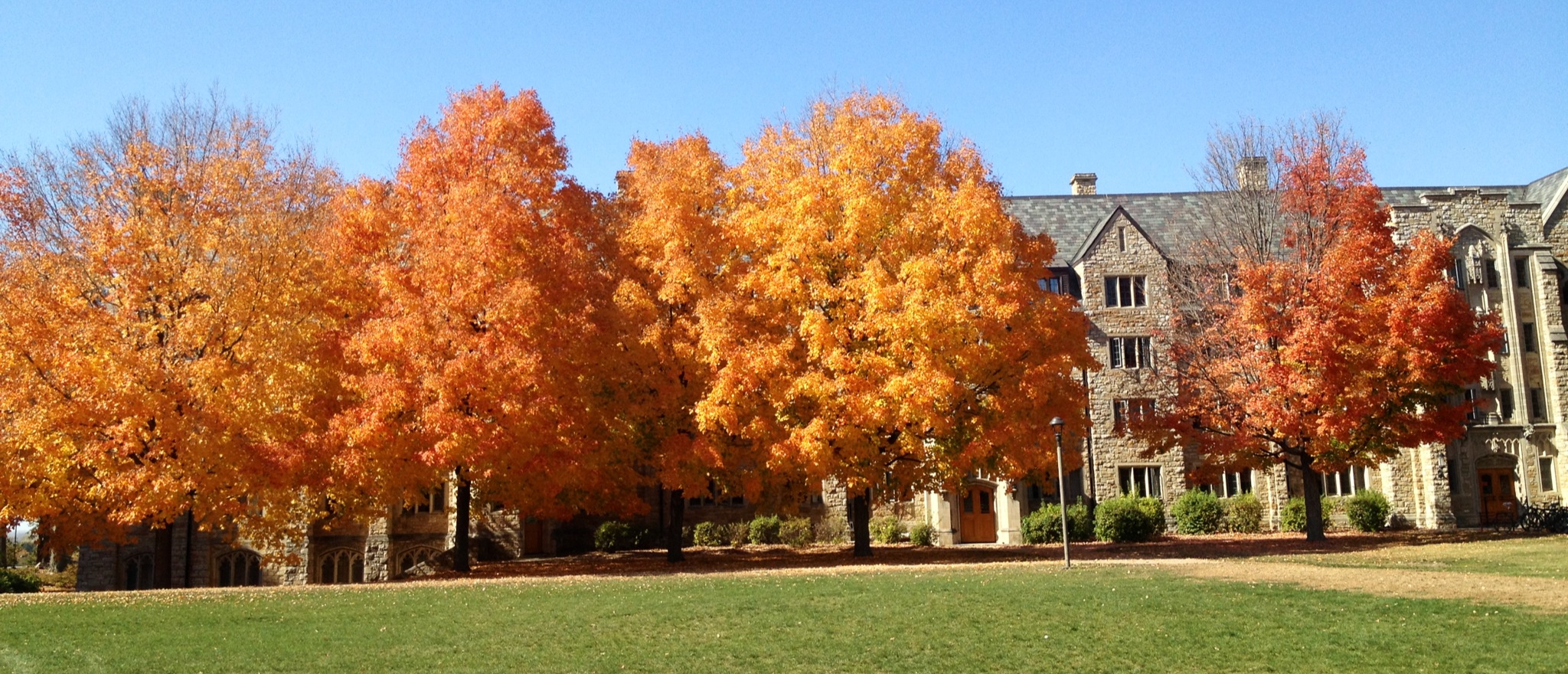
Average temperature range: 40-70 °F (4-22 °C)
You won’t have to worry about the heat for too long as fall is quickly approaching in the month of September. The best way to describe the fall weather is “it’s not too hot and not too cold”. During this time, the trees bloom and change color so many students take advantage of the beautiful scenery by going on walks and hanging out on the campus lawn. The football team is also playing for the fall season so many students go out on Saturday to support the guys when they’re playing at home and enjoy the nice weather.
Here are some fall essentials:
- T-shirts
- Shorts
- Sweatshirts
- Light jackets
- Bug spray
- Raincoat or Umbrella
Winter (November through March)
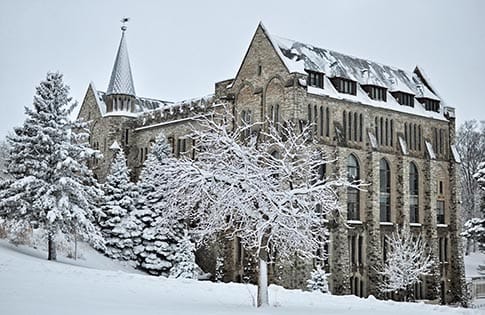
Average temperature range: -5 -40°F (-20 – 5°C)
If you’re from a tropical country, winter in Minnesota is going to be an experience to say the least. It is important to be prepared for this season due to how low temperatures drop. During this season, expect heavy winds, snow, and rain. During the semester, most teachers almost never cancel class when it is snowing, so it is important to have the proper clothing items to walk through the snow. Layers are very important! Layering clothing allows you to be warm underneath your jacket. Our buildings however are heated, so you will stay warm inside. Also, the air can be very dry in the winter, so putting on lotion and lip balm will keep your skin from getting chapped and uncomfortable.
Here are some winter essentials:
- Boots
- Scarf
- Winter coats
- Hand mittens
- Sweaters
- Socks
No need to worry about how you are going to purchase these items! During the month of October, the Taylor Center provides an opportunity to go off campus to purchase these items. I’d advise students to shop at thrift stores to save on money and invest in one really good winter coat, a pair of boots, and mittens.
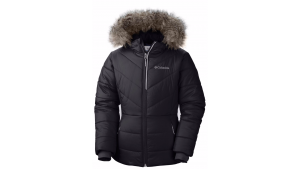


Seasonal Affective Disorder (S.A.D.)
SAD is a type of depression that occurs due to the changes in season. Some signs and symptoms of SAD includes:
- Having low energy
- Difficulty concentrating
- Sleeping difficulties
- Loss of appetite
- Feeling sad or lonely
During winter, some students may experience SAD. However, there are a lot of resources on campus to help you during this time. You can reach out to your counselor, talk to your friends, or the wellness center on campus. A great way to treat SAD is through light therapy so the school rents out lights to students.
Spring (March through May)
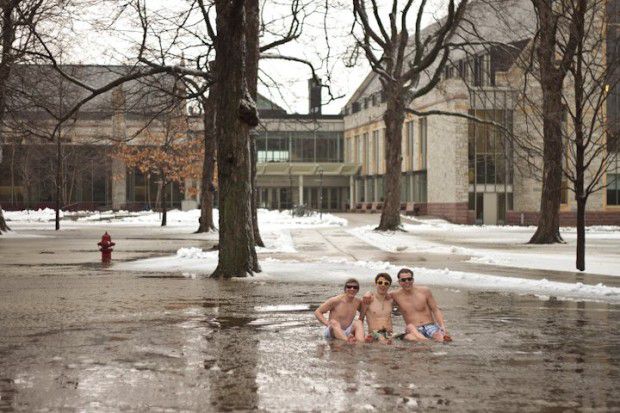
Average temperature range: 22-68 °F (-5 – 21°C)
Winter is not forever – thankfully!!! During the spring months, you will typically start to experience warmer weather. However, during my freshman year, due to different environmental factors, the warm days were few. It was late April and it was still a little cold outside with a lot of rain and the trees were still not blooming as they typically would in early March. Expect the unexpected when it comes to the weather in Minnesota. One day it was 68°F, then I woke up the next day and it was snowing.
During a typical spring season, it is a great time to hang around on the campus lawn and cherish your last moments with your friends as the semester is winding down and summer break is around the corner where some students may return home.
Daylight Saving Time
The U.S. is one of the countries that practices Daylight Saving Time (DST), which means that we set clocks forward an hour in the spring and back an hour in the fall. Keep this practice in mind, because it will happen during the school semester. Don’t worry, though: smart phones and computers set to the U.S. time zone will automatically do this for you.
Dates: Sunday, November 6, 2022 & Sunday, March 12, 2023
Remember this saying for changing your clock for DST: “Fall back (set clock back 1 hour) & Spring Forward (set clock ahead 1 hour)”.
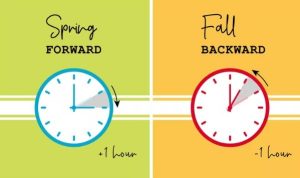
Severe Weather & Emergencies
Minnesota is located in an area where tornadoes and other types of severe weather can occur. You will hear a siren every first Wednesday of the month, which is a test of the emergency warning system in Northfield — don’t panic! However, if you do hear that alarm on a different day, it is probably a warning to take shelter. Should a tornado occur get to a low or underground area with no windows.
Here is a link for more information on what to do in case of any severe weather: http://wp.stolaf.edu/publicsafety/severe-weather/

